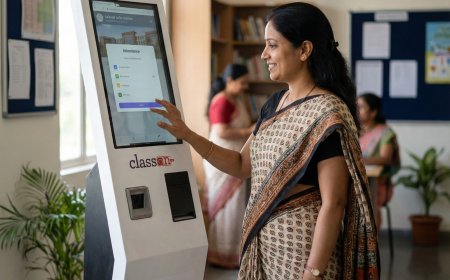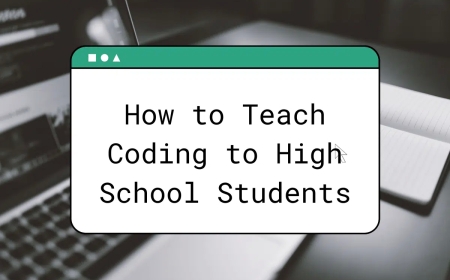How to Teach Coding to Children

In today’s digital age, coding has become an essential skill for children.
Not only does it prepare them for future job opportunities, but it also enhances their problem-solving abilities and creativity. As technology continues to shape our world, teaching coding to children from a young age can give them a significant advantage. Here are ten tips to effectively introduce coding to kids in a fun and engaging way.
Start with the Basics
Begin with the foundational concepts of coding. Introduce simple logic, sequences, and loops through activities like puzzle games or board games that mimic coding principles.
Use Visual Programming Languages
Visual programming languages like Scratch or Blockly are great for beginners. These platforms allow children to drag and drop blocks to create code, making the process more intuitive and less intimidating.
Incorporate Games and Apps
Children learn best when they’re having fun. Utilize educational games and apps like Code.org, Tynker, or Hopscotch, which teach coding concepts through interactive play.
Break Down Projects into Small Steps
Divide code projects into manageable steps. This helps children grasp each concept before moving on to more complex ideas, ensuring they don’t feel overwhelmed.
Encourage Problem-Solving
Coding is all about solving problems. Encourage children to think critically and come up with solutions when they encounter issues in their code, fostering resilience and logical thinking.
Create Real-World Projects
Connect coding to real-world applications by encouraging children to create projects that solve everyday problems or reflect their interests, such as designing a simple game or a website.
Join Coding Communities
Engage with online coding communities where children can share their projects, ask questions, and learn from others. Platforms like Scratch or CodePen provide a supportive environment for young coders.
Offer Hands-On Learning
Provide opportunities for hands-on learning through code kits like Raspberry Pi or LEGO Mindstorms, which allow children to build and program robots or other devices.
Celebrate Achievements
Celebrate each milestone, no matter how small. Positive reinforcement boosts confidence and keeps children motivated to continue learning.
Keep It Fun and Flexible
Most importantly, keep the learning process fun and flexible. Allow children to explore different aspects of coding at their own pace and let their curiosity lead the way. Teaching code to children is not just about preparing them for a tech-driven future; it’s about equipping them with the skills to think critically, solve problems, and innovate. By starting early and using engaging methods, you can help your child develop a love for coding that will serve them well in many aspects of life. Follows Us for More Updates Like Us on Facebook Page : Click Here Like Us on Instagram : Click Here




























